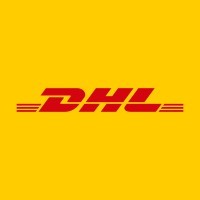
La Poste Groupe
Premier réseau commercial de proximité en France, le groupe La Poste est organisé en 4 branches d’activité : Services-Courrier-Colis, Banque et Assurance, Distributeur physique et numérique, GeoPost/DPDGroup pour l'international. Présent dans plus de 63 pays, sur 5 continents, il a réalisé un chiffre d’affaires de 34,1 Mds€ en 2023. En 2021, le groupe La Poste est devenu la première entreprise publique à adopter la qualité de société à mission. 4 engagements sociétaux sont désormais inscrits dans ses statuts : • Contribuer au développement et à la cohésion des territoires • Favoriser l’inclusion sociale • Promouvoir un numérique éthique, inclusif et frugal • Œuvrer à l’accélération de la transition écologique pour tous Le groupe La Poste, avec plus de 232 000 collaborateurs, naturellement et historiquement engagé pour la société, se mobilise pour rendre ses activités plus durables au regard des enjeux sociétaux et environnementaux, et pour faciliter la transition écologique de tous les Français.






